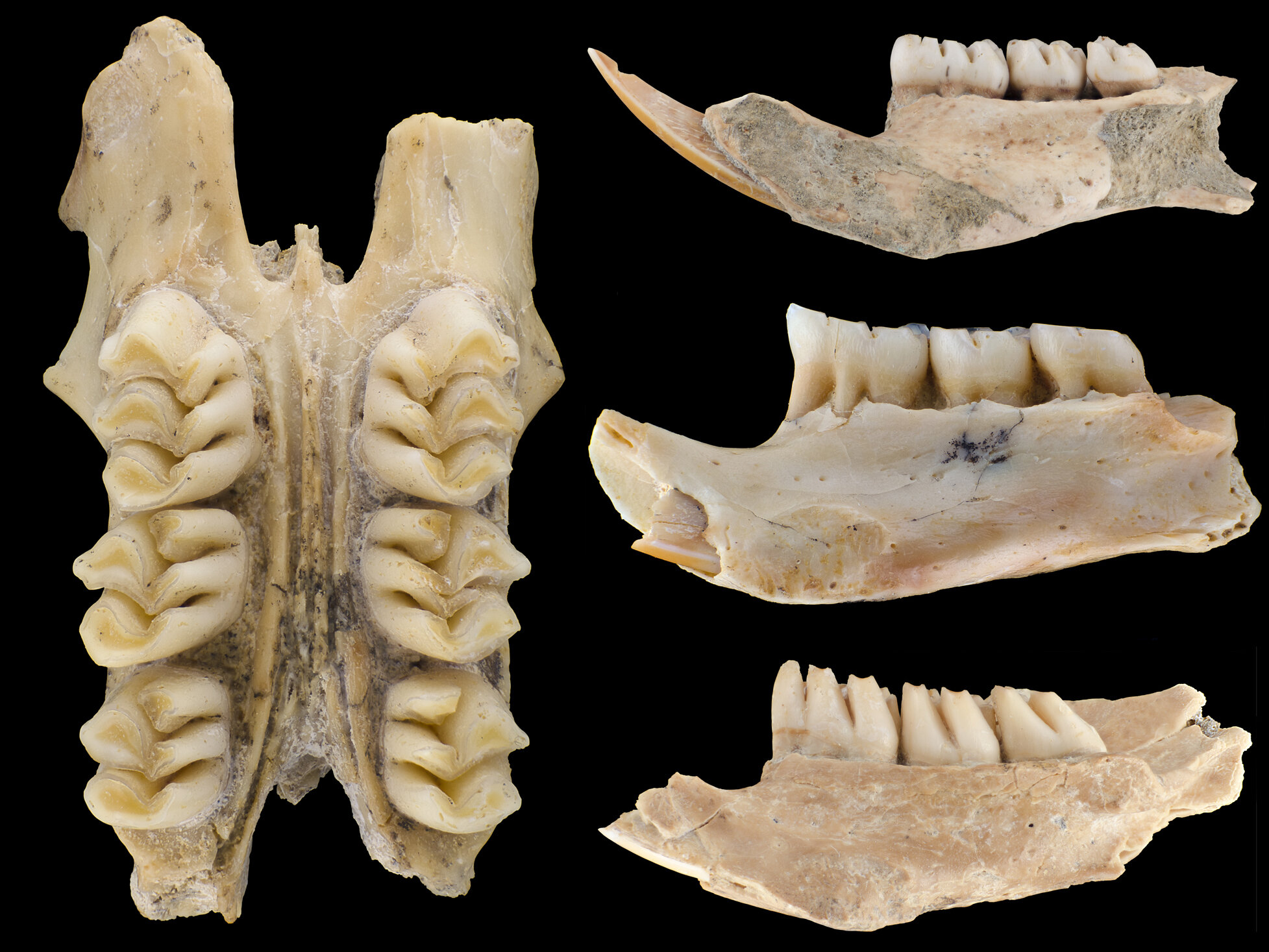Scientists have discovered three new species of giant cloud rats that were twice the size of a gray squirrel and roamed the
Based on the analysis of bones and teeth,the researchers stated that these giant rats were furry and had large bushy tails. Rodents disappeared several thousand years ago, raising the possibility that humans may have played a role in their extinction.
According to the researchers, they live in the treetops of misty mountain forests and fulfill the same ecological role that squirrels play in other countries.
 Photo of some rat fossils. Credit: Lauren Nassef, Field Museum
Photo of some rat fossils. Credit: Lauren Nassef, Field Museum
The ancient fossils were found in the Callao Cave and several adjacent small caves in Penablanca, a city in Cagayan province.
Callao Cave was also home to Homo luzonensis, an ancient human species that lived about 67,000 years ago.
Some of the remains of these rodent species were found in the same layer where H. luzonensis.
 Callow Cave, where the fossils were found. Credit: Patricia Cabrera.
Callow Cave, where the fossils were found. Credit: Patricia Cabrera.
According to the researchers, this means that ancient giant rats existed for at least 60,000 years.
"Our records show that these giantRodents have been able to survive profound climate changes from the Ice Age to the current humid tropics, which have affected the Earth for tens of millennia.
The question is, what could have caused their final disappearance?” - asks Philip Piper from the Australian National University.
Researchers believe:One possibility is that humans may have played a role in their sudden extinction, as the timeline coincides with the appearance of Neolithic pottery and stone tools and the period "when dogs, domestic pigs" and probably monkeys were brought to the Philippines."
"Although we cannot say"With confident, based on our current information, this means that humans likely played a role in their disappearance," concludes Armand Miyares, a professor in the archaeological research program at the University of the Philippines-Diliman.
The study was published in the Journal of Mammalogy.
Read more
The first accurate map of the world was created. What's wrong with everyone else?
See streams of Martian dust from the Ingenuity helicopter
Ingenuity helicopter successfully takes off on Mars